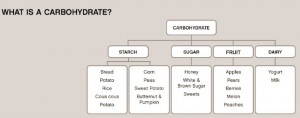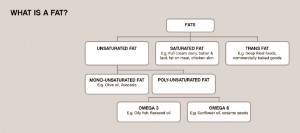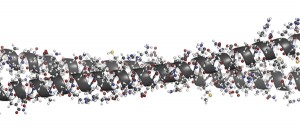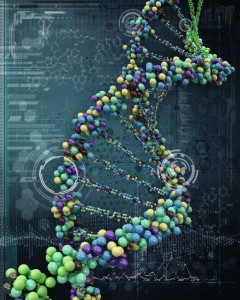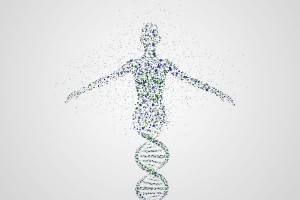Genetic testing
Do you have the fat gene? Researchers discovered the fat gene so now we understand fat burning better. Taking a sample of your DNA is a simple procedure.
Why weight loss matters
Obesity accounts for higher risk of disease and illness. It’s a worldwide epidemic. Surgery can help if you choose the right surgery. Also, follow your Naturopathic portfolio for weight loss that targets stubborn belly fat.
Belly fat is a more dangerous fat
Regardless of your overall weight, having a large amount of belly fat increases your risk of: See references: (1) & (2)
- Cardiovascular disease
- Insulin resistance and type 2 diabetes
- Colorectal cancer
- Sleep apnea
- Premature death from any cause
- High blood pressure
Obesity rates are rising rapidly in the UK and could lead to 90% of men and 80% of women being overweight or obese by the year 2050. Currently, 16 million days are lost per year due to obesity-related issues.
Serious about fat loss or healthy weight loss? Think you’ll live in the gym? Read on…
Age and genetics may contribute to gaining belly fat
Obesity is the result of a complex pathophysiological pathway involving many factors that control adipose tissue metabolism and deposits of stubborn belly fat. Cytokines, free fatty acids and insulin all play a part and genetic defects are likely to have a significant effect on the fine balance of this process.
Nam H, Ferguson BS, Stephens JM, et al; Impact of obesity on IL-12 family gene expression in insulin responsive tissues. Biochim Biophys Acta.2013 Jan;1832(1):11-9
Do you have the fat gene? Researchers discovered the fat gene so now we understand fat burning better. Taking a sample of your DNA is a simple procedure. If you’re serious about fat loss or healthy weight loss you don’t do all the work with no reward.
Think it’s about living in a gym? Read on…
WHO BENEFITS from DNA testing for healthy weight loss?
- 20+years male or female with stubborn belly fat – failed attempts at dieting previously – MUST BE an otherwise healthy individual (pass initial screening at the Clinical Nutritional consultation)
- 35+ years male or female with sudden unexplained weight gain or stubborn belly fat – other ageing factors must be considered and treated separately by thorough history taking, physical examination and (special) investigations (blood work)
DNA weight loss test
The DNA Test panel is based on genetic differences in nutrient metabolism and body fat regulation or stubborn belly fat. The results can help form building blocks for signs of ageing or unexplained stubborn fat or weight gain.
Obesity is the result of a complex pathophysiological pathway involving many factors that control adipose tissue metabolism and deposits of stubborn belly fat. Cytokines, free fatty acids and insulin all play a part and genetic defects are likely to have a significant effect on the fine balance of this process.
Nam H, Ferguson BS, Stephens JM, et al; Impact of obesity on IL-12 family gene expression in insulin responsive tissues. Biochim Biophys Acta.2013 Jan;1832(1):11-9
KRS2 is one gene that has recently been identified as being implicated in obesity and metabolic rate. DNA sequencing in over 2,000 obese individuals identified multiple mutations of the KRS2 gene, and mutation carriers exhibited severe insulin resistance and a reduced metabolic rate. It may be that modulation of KSR2-mediated effects may have the potential to have therapeutic implications for obesity.
Pearce LR, Atanassova N, Banton MC, et al; KSR2 mutations are associated with obesity, insulin resistance, and impaired cellular fuel oxidation. Cell. 2013 Nov 7;155(4):765-77.
Fat burning
Your Naturopathic Portfolio for weight loss targets stubborn belly fat by fat burning. It converts the complex; the science into one simple and healthy solution that is life changing. For healthy fat burning & effective weight loss:
Eat. Drink. Take. Make. In The Four Phases is:
Safe – For the right candidate
Clinical – Proven to work for real life subjects
Practical – Works around only your lifestyle. sample menus, what to keep at home and what to eat when out and about or travelling or doing what YOU do on a day-to-day basis (subject to change).
Effective – Impossible not to follow. Just ask Julius.
Julius achieved this while with HSBC Private Bank, as Global Head of the Wealth Client. He did it. You can too when you book your consultation with Susannah here
* In adults the diagnosis of obesity is most commonly made using levels. BMI is calculated as weight in kilograms (kg) divided by height in metres squared (m2). Ideal BMI is 18.5 to 24.9 kg/m2.The following classification is advised by NICE:
- A BMI of 25-29.9 kg/m2 is overweight.
- A BMI of 30-34.9 kg/m2 is obese (Grade I).
- A BMI of 35-39.9 kg/m2 is obese (Grade II).
- A BMI of ≥40 kg/m2 is obese (Grade III) or morbidly obese, meaning that weight is a real and imminent threat to health.




